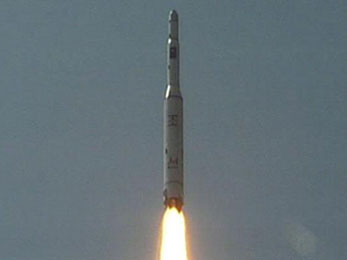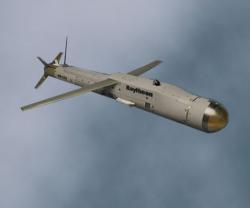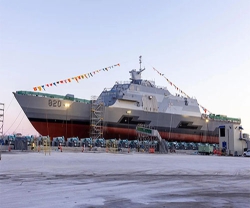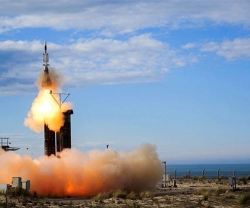North Korea claimed to have missiles that can reach the American mainland, and it said that the recent agreement between the United States and South Korea to extend the range of the South’s ballistic missiles was increasing the risk of war on the Korean Peninsula.
North Korea has often threatened to strike the “heart” of the United States, and a popular propaganda poster there shows a North Korean missile hitting what looks unmistakably like Capitol Hill. But the warning issued this week was more detailed.
The North Koreans “do not hide” that their Armed Forces, “including the strategic rocket forces, are keeping within the scope of strike not only the bases of the puppet forces and the U.S. imperialist aggression forces’ bases in the inviolable land of Korea but also Japan, Guam and the U.S. mainland,” a spokesman at the North’s National Defense Commission said in a statement. North Korea often refers to the South Korean military as “puppet forces,” a reference to the South’s alliance with the United States.
The North’s “strategic rocket forces” are believed to be in charge of the country’s missiles. The North’s leader, Kim Jong-un, visited the unit’s headquarters in Marchand mentioned it by name during his first public speech in April.
Estimating the missile capabilities of a country as secretive as North Korea is notoriously difficult. But military experts and South Korean government officials have said that the North has already deployed ballistic missiles capable of reaching targets as far away as Guam, the American territory in the Pacific.
In addition, North Korea has repeatedly conducted what it calls satellite launchings that American and South Korean officials, as well as the United Nations Security Council, have condemned as a cover for developing and testing intercontinental ballistic missile technology.
In 1998, the North sent up a rocket called the Taepodong-1 that flew over Japan and crashed into the Pacific. In 2006, the Taepodong-2 exploded seconds after liftoff. The North launched yet another long-range rocket, the Unha-2, in 2009, but American and South Korean officials said the third stage never separated.
In April of this year, the Unha-3 rocket disintegrated in midair shortly after liftoff, a failure that the new government in Pyongyang publicly acknowledged.
But the North claimed to have successfully placed satellites into orbit in 1998 and 2009. The country has also conducted two nuclear tests, the first in 2006 and the second in 2009, although it remains unclear whether it can make a nuclear warhead small enough to fit atop a missile. Robert M. Gates said in early 2011, while he was the American Defense Secretary, that North Korea was within five years of being able to strike the continental United States with an intercontinental ballistic missile.
“Even if they failed to put the satellites into orbit, these rocket tests mean that the North Koreans may have already acquired the missile range” they now claim, said Jeung Young-tae, a military analyst at the government-run Korea Institute for National Unification in Seoul.
In Washington, a State Department spokeswoman, Victoria Nuland, said, “Rather than bragging about its missile capability,” North Korea “ought to be feeding its people.”
Mr. Jeung said the North’s strident statement on Tuesday was driven in part by a domestic political need to highlight the supposed threat from the United States and its allies. On Sunday, South Korea announced a deal with Washington that would allow it to nearly triple the range of its ballistic missiles to 800 kilometers, or 500 miles, to better cope with the North’s growing missile and nuclear capabilities.






















